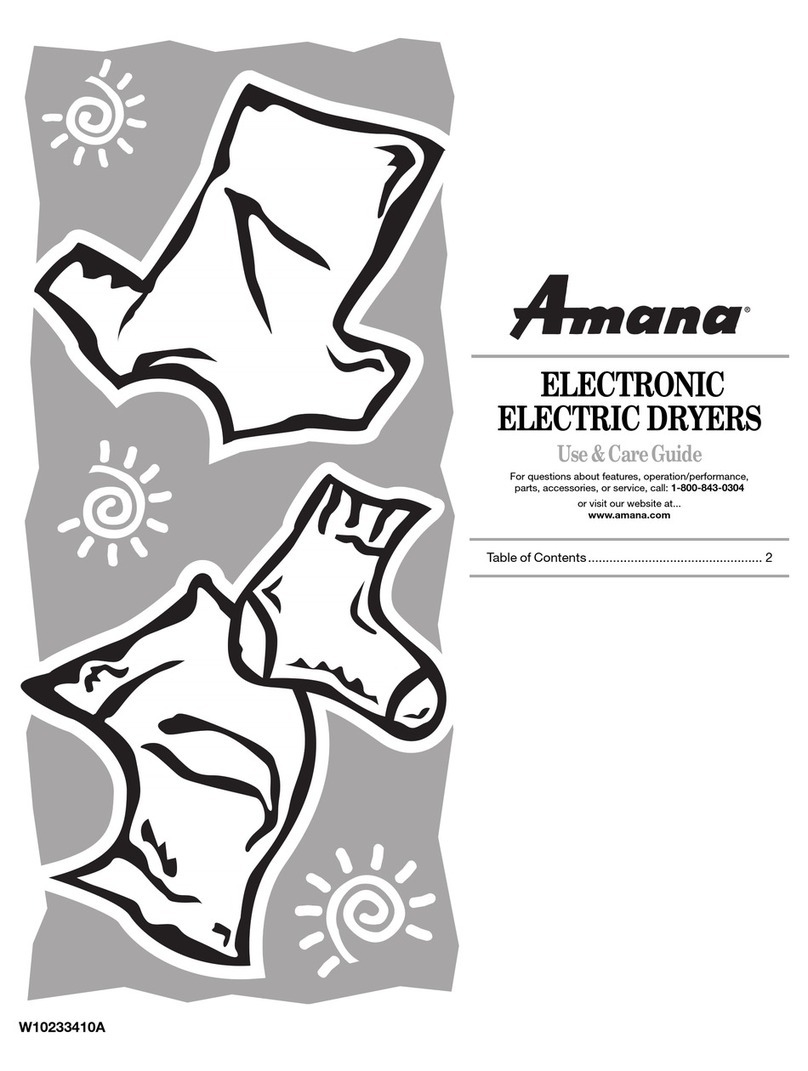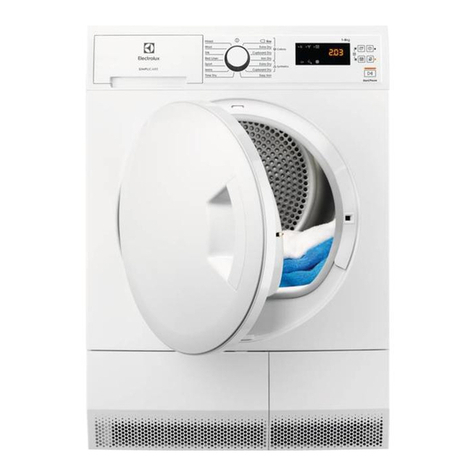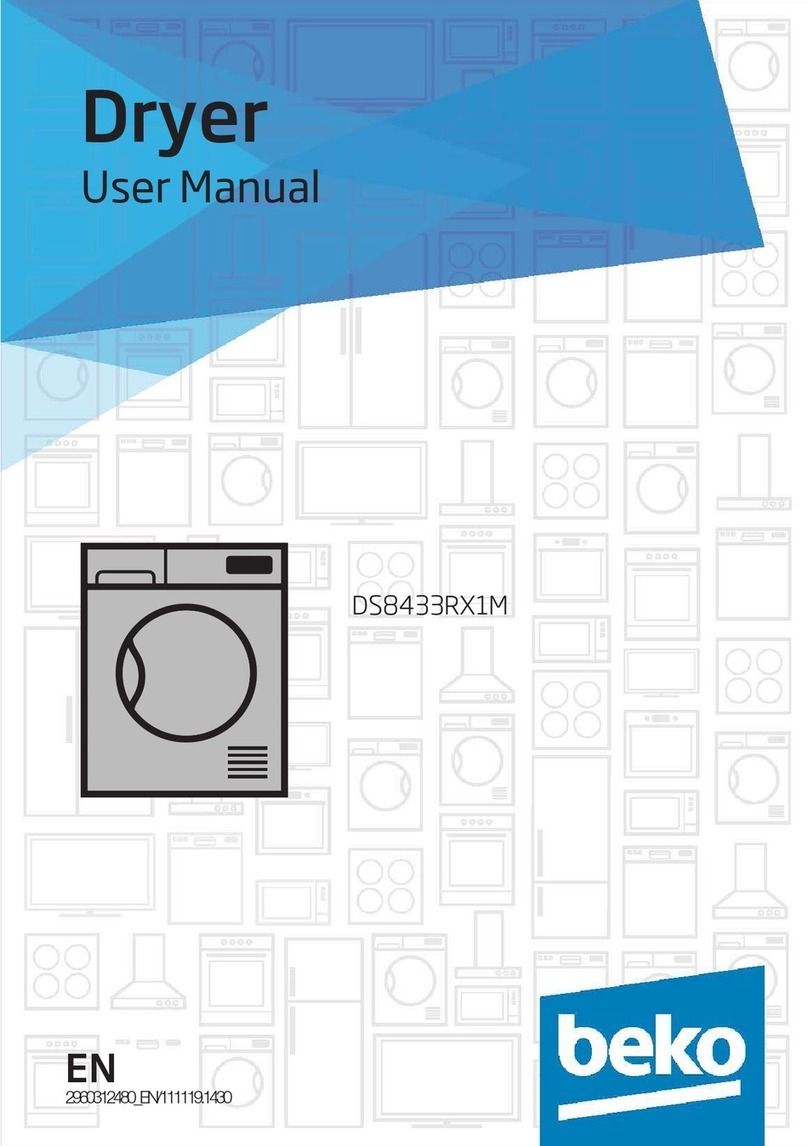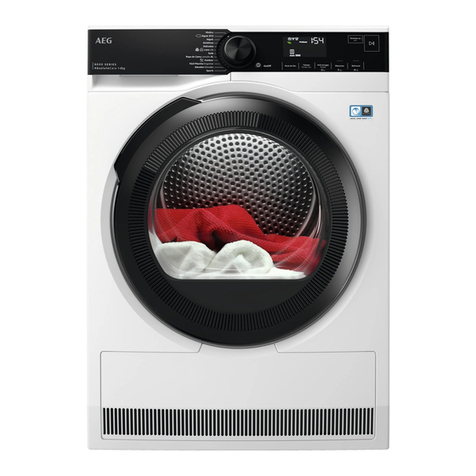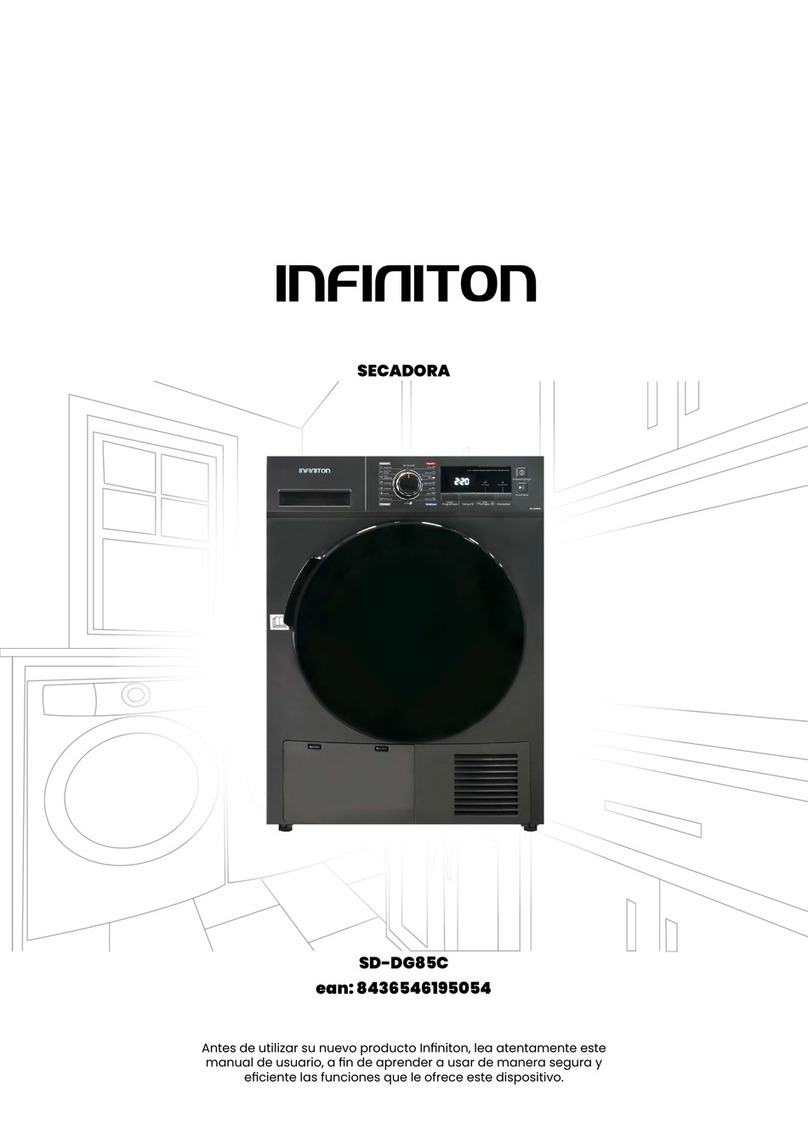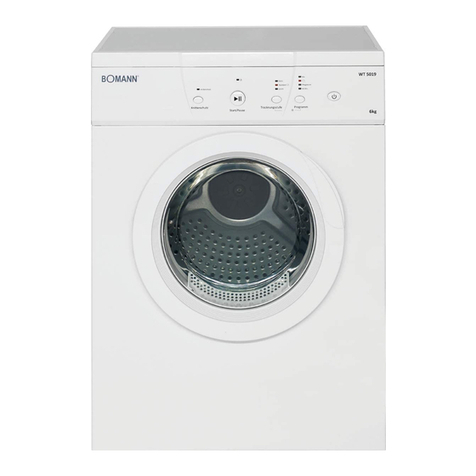Miele T 5205 C User manual
Other Miele Dryer manuals

Miele
Miele PDR 514 User manual

Miele
Miele T 1570C CONDENSER DRYER User manual

Miele
Miele T 7950 WP User manual

Miele
Miele TOUCHTRONIC T 9820 User manual

Miele
Miele PDR 514 User manual

Miele
Miele WTS 510 User manual

Miele
Miele TKB140 WP Eco User manual
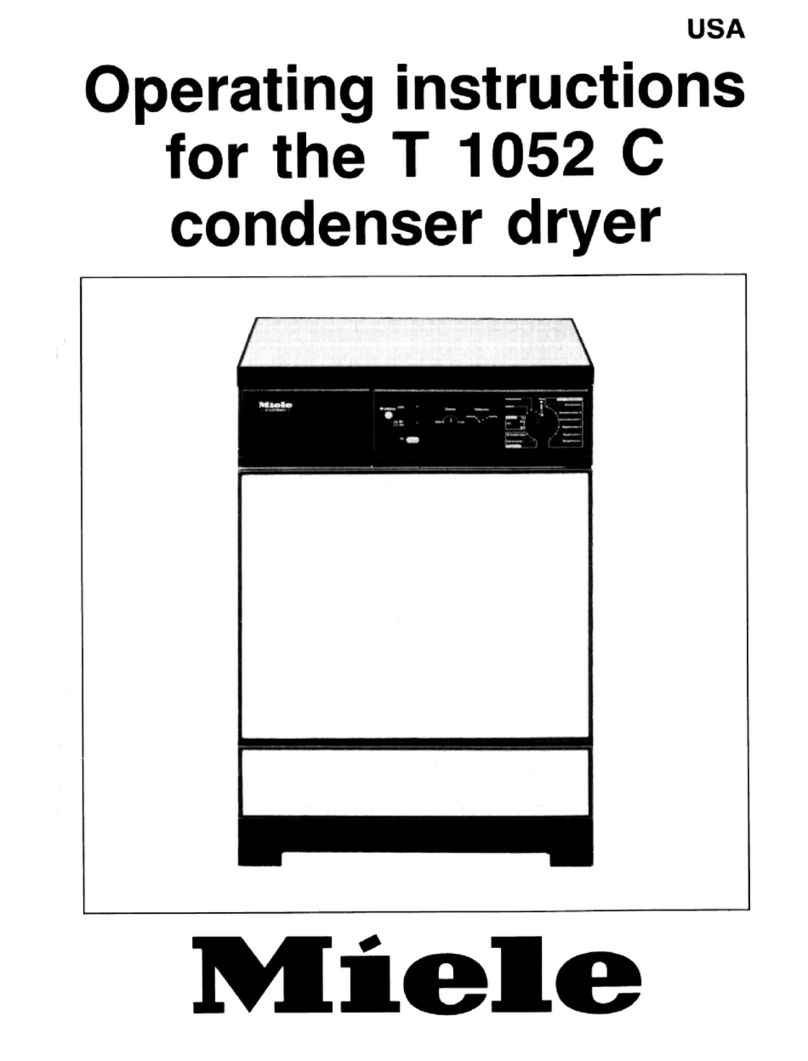
Miele
Miele T 1052C CONDENSER DRYER - OPERATING User manual
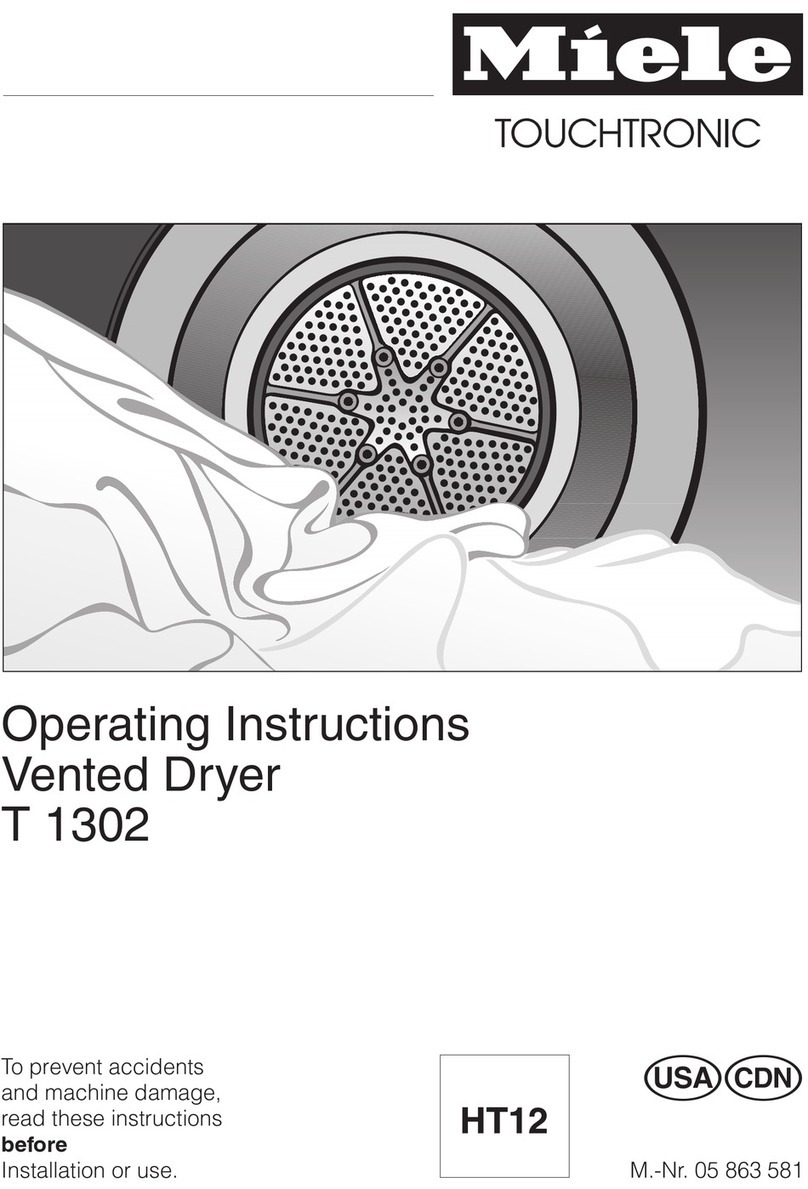
Miele
Miele VENTED DRYER T 1302 User manual

Miele
Miele PDR 507 HP Marine User manual
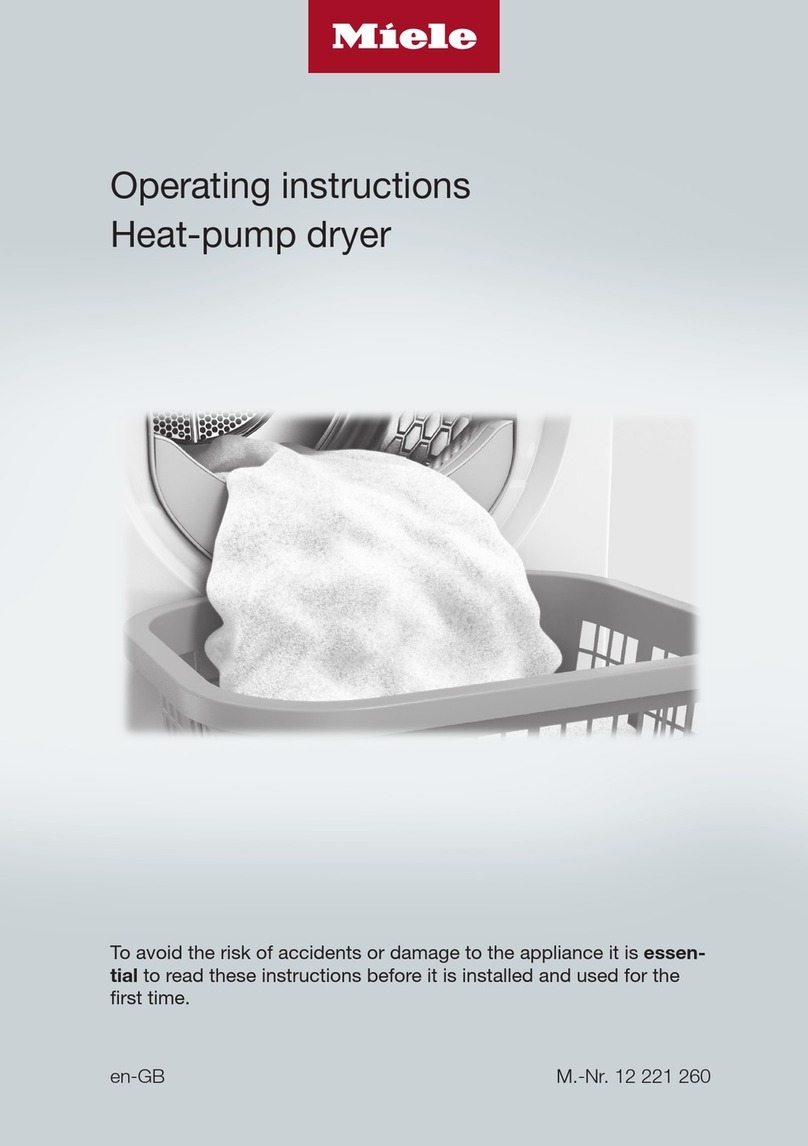
Miele
Miele TCR780WP User manual
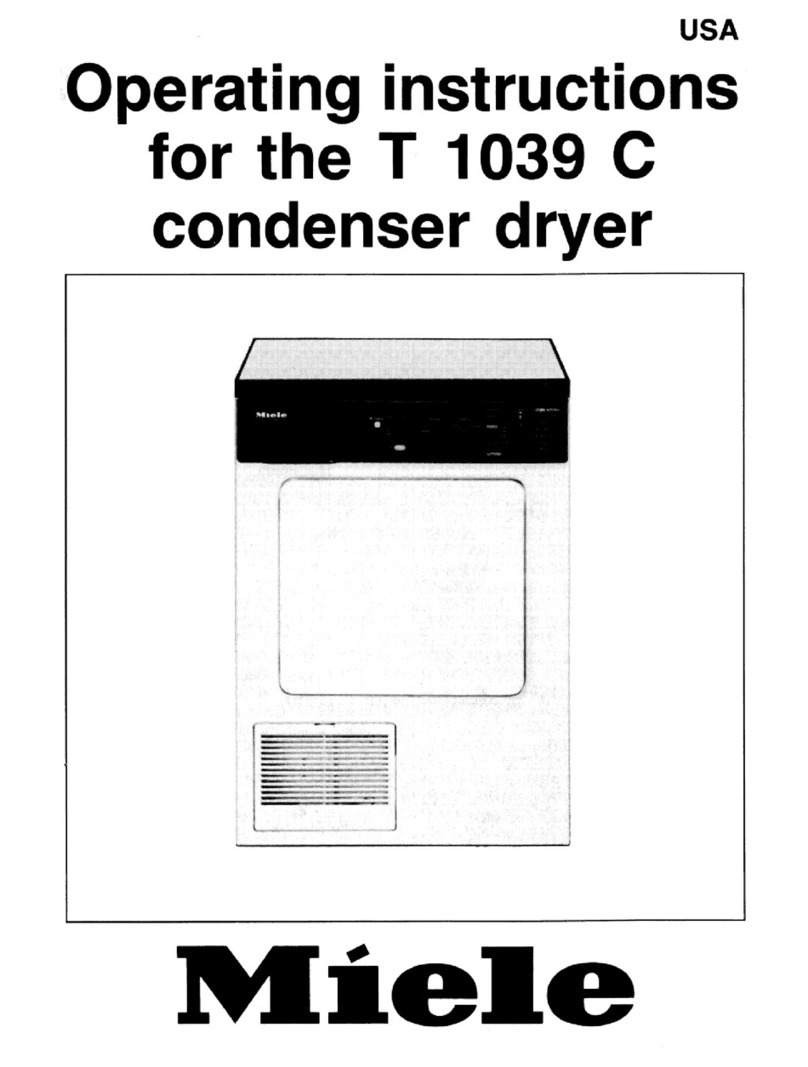
Miele
Miele T 1039C CONDENSER DRYER - OPERATING User manual

Miele
Miele TCE 630 WP User manual
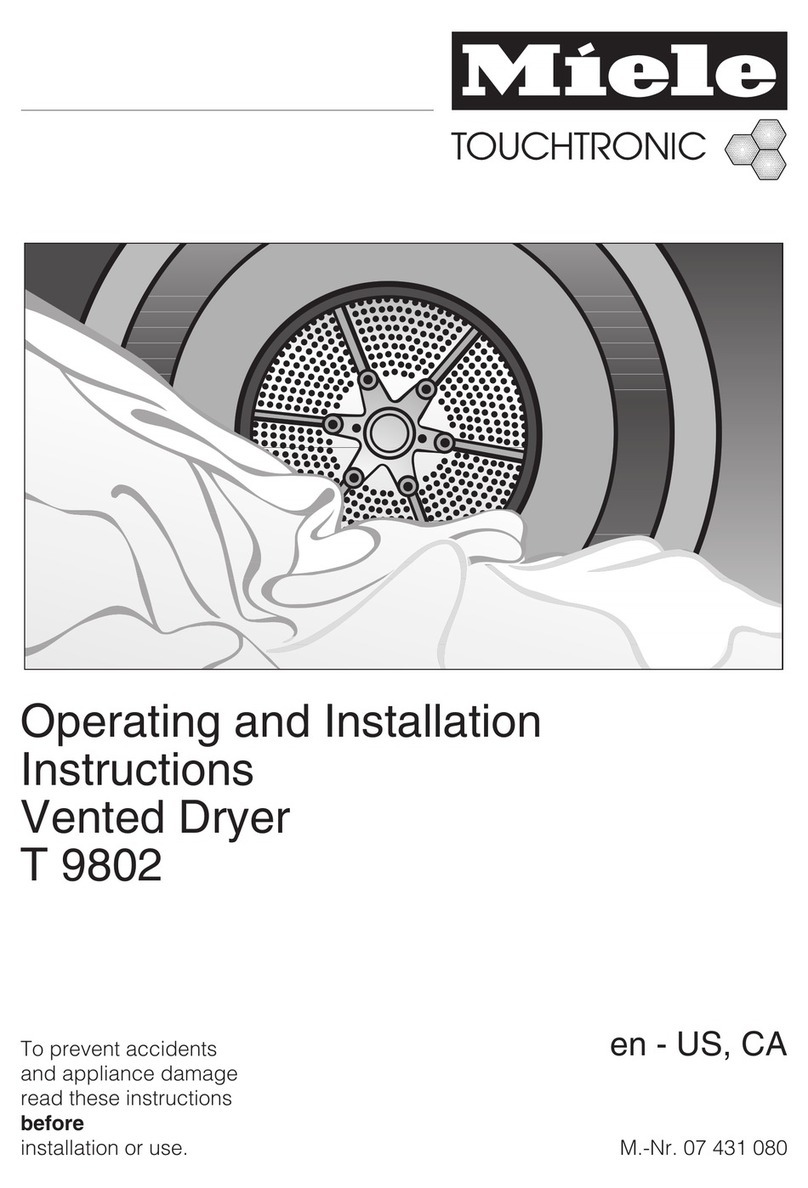
Miele
Miele T 9802 VENT ED DRYER - OPERATING AND User manual
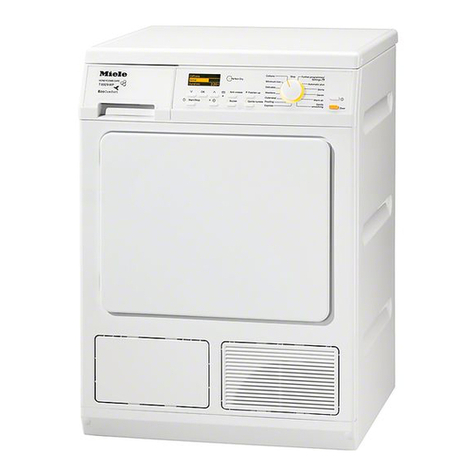
Miele
Miele T 8929 WP User manual

Miele
Miele PDR 307 EL CC User manual

Miele
Miele TOUCHTRONIC T 8003 User instructions

Miele
Miele PDR 914 HP User manual

Miele
Miele PDR 914 HP User manual
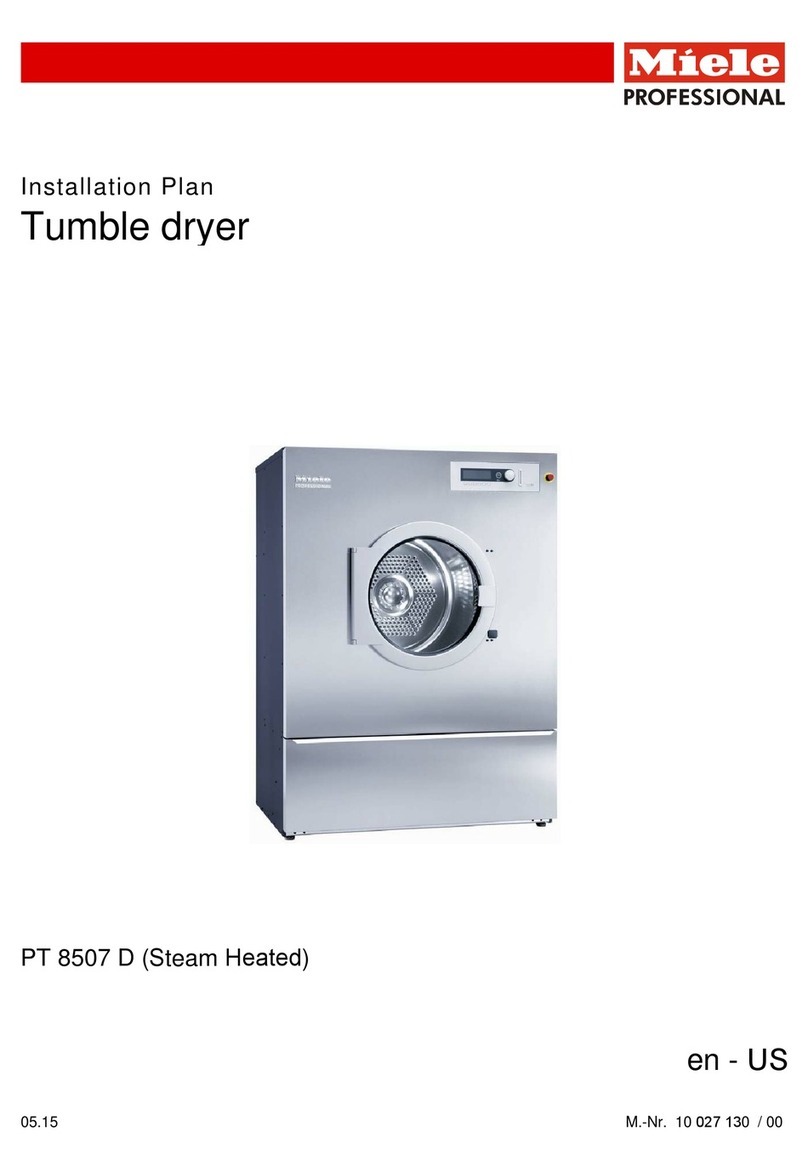
Miele
Miele PT 8507 D User manual
Popular Dryer manuals by other brands
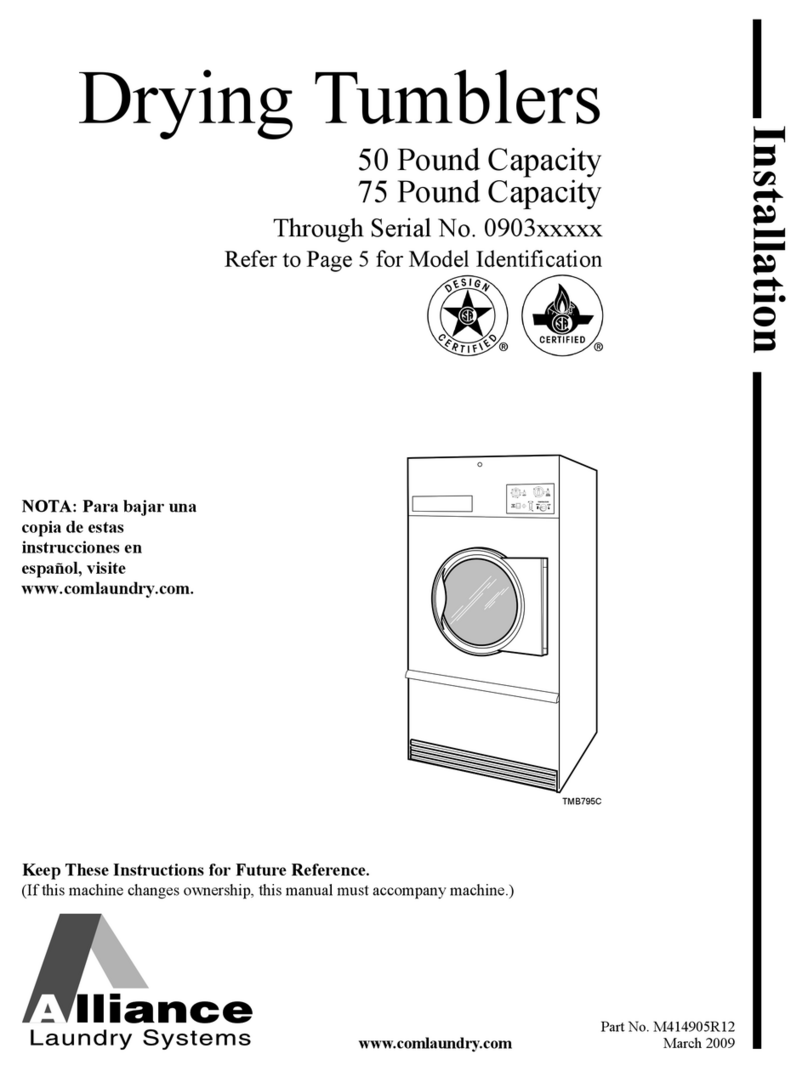
Alliance Laundry Systems
Alliance Laundry Systems TMB795C Installation
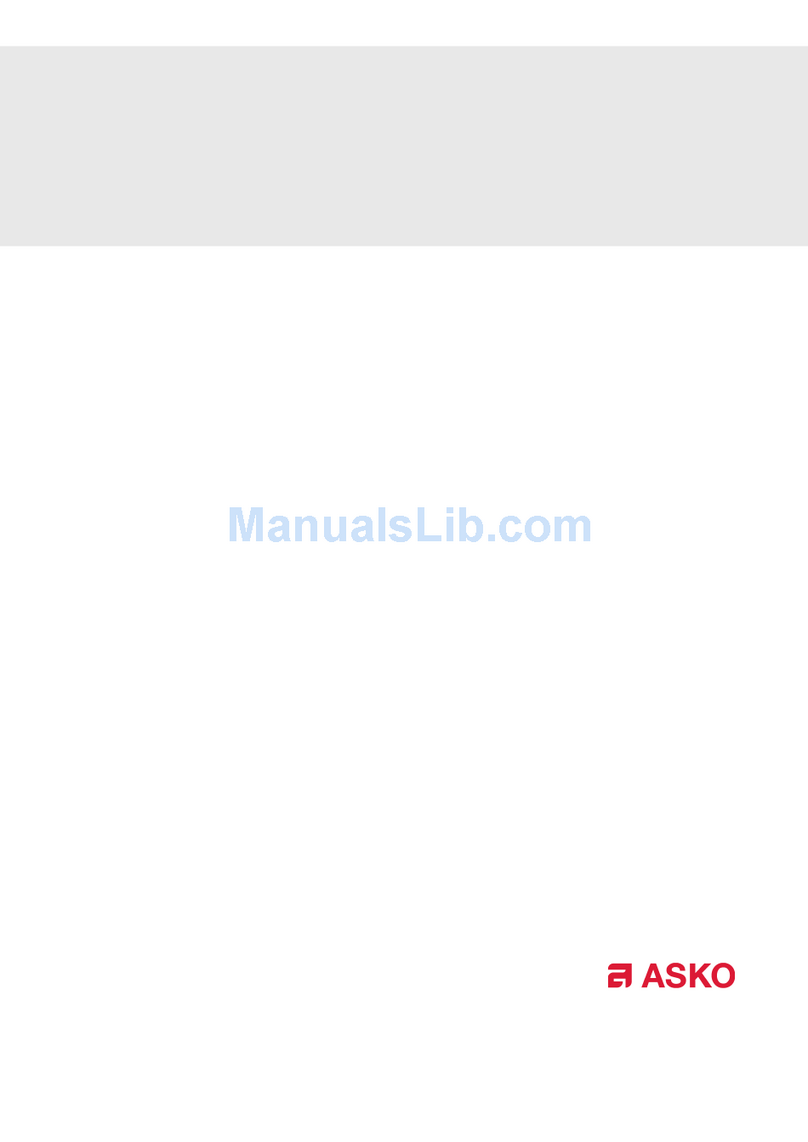
Asko
Asko T793C operating instructions
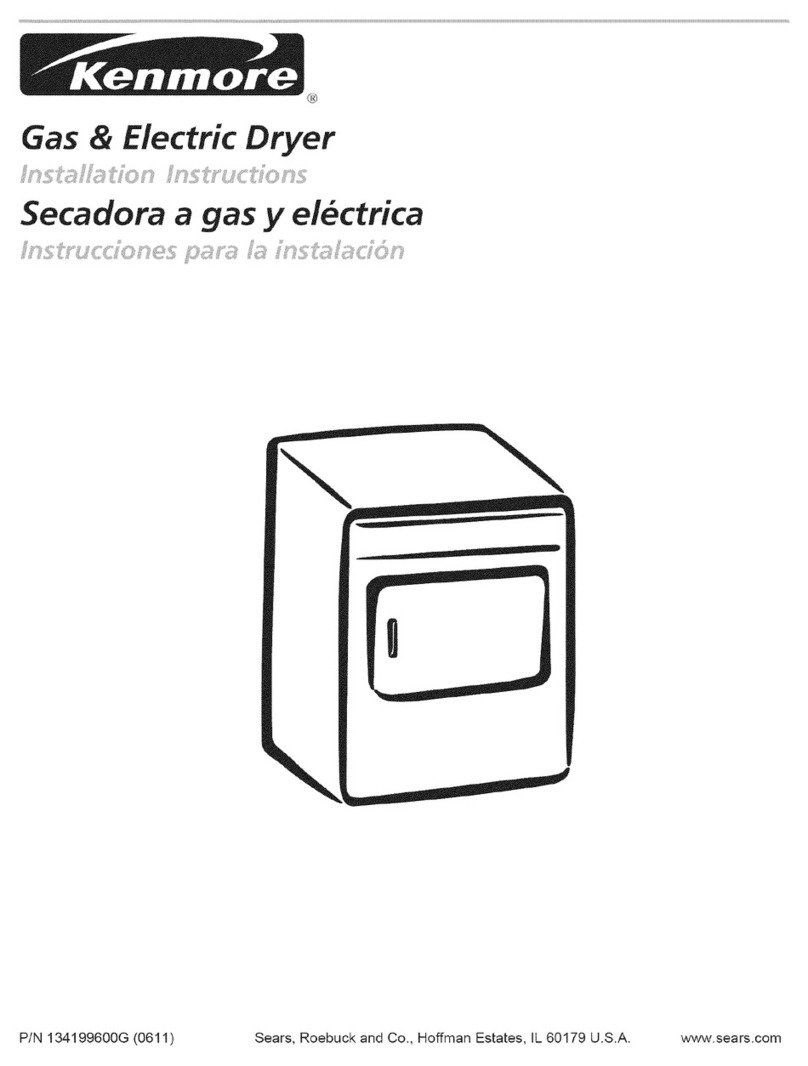
Kenmore
Kenmore 8041 - 5.8 cu. Ft. Capacity Electric Dryer installation instructions

Frigidaire
Frigidaire CAQE7077KW0 use & care

Bosch
Bosch WTX8HKM9SN User manual and installation instructions
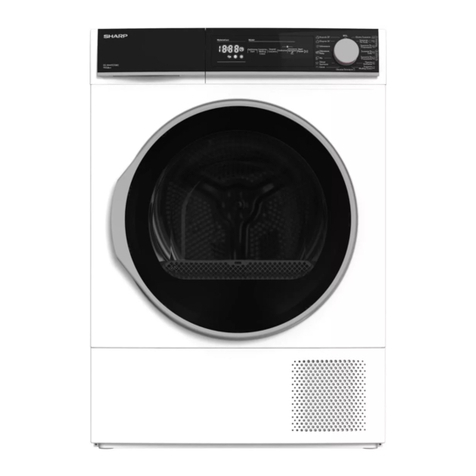
Sharp
Sharp KD-NHH9S7GW2-PL user manual





